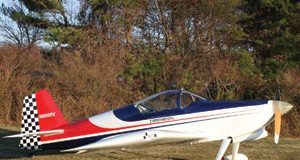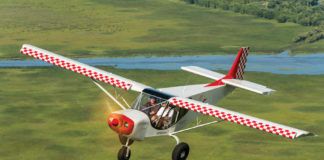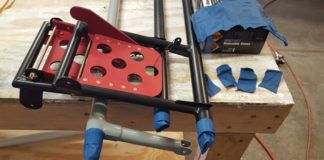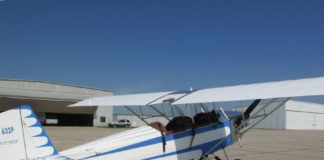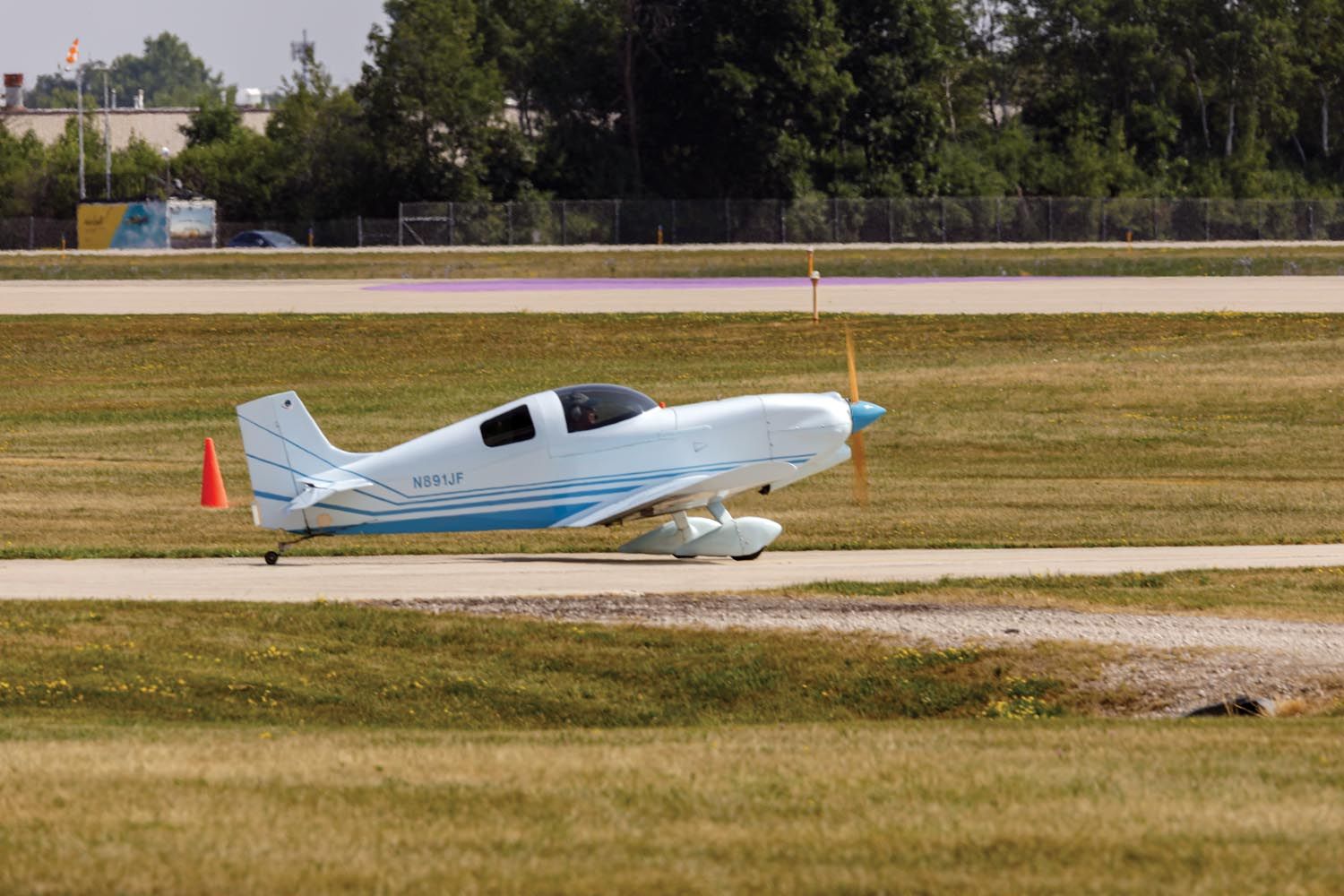
Shoppin’ for a project, are ya? Here are some truths: Factory-stated build times are bare minimums. Double them and then toss that number out because you’re building an airplane for recreation and education (you are, aren’t you?), not to meet an hour estimate. Cost to build? You’ll know when it’s done, but it’ll be more than the manufacturer’s estimate unless you’re extremely resourceful. Useful load? You’ll build heavy—most builders do—so reconsider every item you add to your airframe so you don’t turn your dream two-place airplane into a single-place airplane.
So what good is this buyer’s guide? Simple: It’s a comparison tool. A preliminary filter. A snapshot of the current market. However, beyond the chartable statistics—the squishy specifications that lure you in or lock you out—lie other, equally important, elements to consider.
What’s in a Company Name?
We’ve seen established kit-aircraft companies come and go. And come back. And go, again. We’ve seen new ones arrive and thrive while others peak with their first press release. At one time Van’s Aircraft was an upstart. At another time Rutan Aircraft Factory was a juggernaut. Nothing is forever except, perhaps, the Pietenpol Air Camper. The Air Camper soldiers on nearly 100 years since its introduction. Plansbuilt designs, like the Pietenpol, can enjoy longevity. Kitbuilt aircraft require the continued support of a company. Further, designs from a single company can provide different building experiences. An RV-3 can be built from a kit, but a trusted friend of mine, who built a very nice RV-3, told me it is still very much a “scratch build” project. An RV-12, however, is about as easy as you’ll find, with dozens built by Teen Flight groups. Both kits come from Van’s Aircraft, so why the difference? The RV-3 was designed in the early ’70s, before kits were a thing. The current market for the RV-3 isn’t big enough to justify the cost of fully developing a “modern” kit for it. The same can be said for the Sonerai, which is under Sonex’s care but remains a plansbuilt design from the 1970s. The RV-12, on the other hand, was designed to meet the exacting requirements of the E-LSA and S-LSA categories and enjoys continuing market demand.
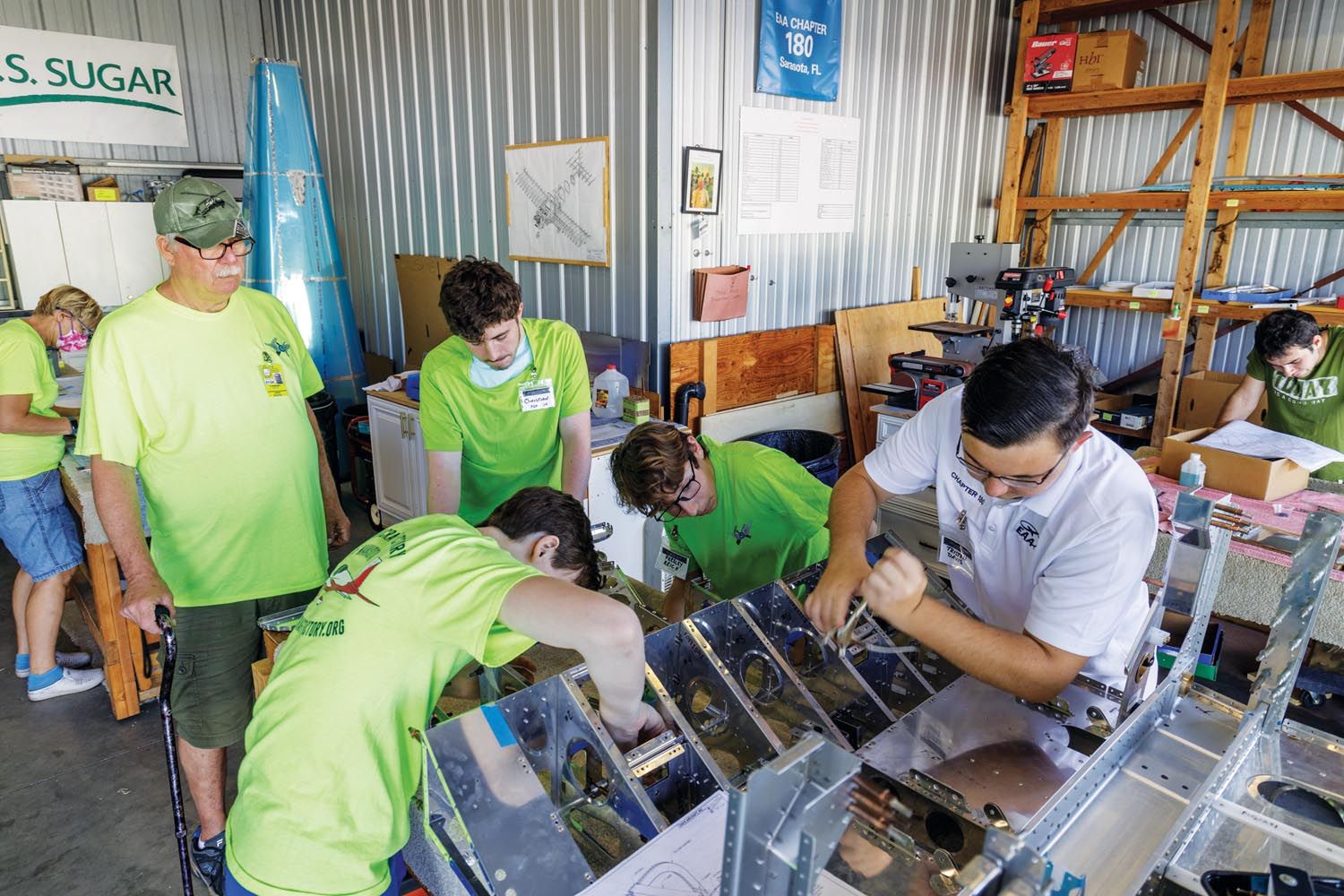
Number Built and Flown
The KITPLANES® annual buyer’s guide collects manufacturer-supplied data on the number of aircraft completed and flown. While it’s still maintained on the digital version, management here has decided to omit it from the printed guide, mainly because the factory-supplied data has always been suspect. Sometimes very suspect. Plus, this statistic can be deceptive. A low number of completions can be a red flag or indicative of the design’s market size. A 1/3-scale B-52 (I made this up, none exist) with two units flying would represent a great success. Cost and complexity would keep its market share small. On the other hand, 150 flying single-place aircraft might sound like a successful design, unless it’s referencing the BD-5. The BD-5 sold 3000 kits and had orders for 6000 manufactured airframes (I referenced www.jimbede.com; other sources have sales numbers much higher), yet fewer than 150 ever flew. As we can see, raw numbers can’t paint a full picture. To derive meaning from the number flying we must consider the age of a design, its complexity, the number of kits sold and the potential size of its portion of the homebuilt pie.
Kit Contents, Builder Expectation and Factory Support
Contrary to what you might think, an extensive kit doesn’t guarantee an easier build. From my experience, the more complete a Sonex airframe kit became the more it attracted less-skilled builders. An easily corrected mistake for a plans builder would be an expensive reorder for a kit builder. Why? Builder mindset. Scratch builders need less tech support because they know what they are taking on. Kit builders often have elevated expectations and haven’t taken the time to understand what they are undertaking. Attending a design-specific or general skill-building workshop is a great way to test the water and adjust your expectations. But make no mistake, building an airplane—any airplane—requires thought and perseverance.
You’ll also want to know how the companies of the designs you are considering handle customer support. Phone calls and email? Email only? Phone only? Online knowledge base? For many builders it doesn’t matter. For some, the method(s) of support can make or break their experience—“I don’t do email” isn’t an uncommon note from builders. This is true for construction documentation, as well. Plans or manual? Each company does what they feel is best. You’ll have to accept that or rule out the designs whose construction documentation or support methods leave you uneasy.
Builder Communities
I originally called this section “Active Online Groups” but, being a “words have meaning” guy, I thought better of it. A supportive builder community is what you want, not an active online group. An enthusiast-driven group can be active and useless. A community of supportive current and former builders, however, can be a valuable resource after you’ve exhausted the documentation and support provided by a kit’s manufacturer. The hard part is determining whether a group is supportive or only active. For that you’ll want to watch from the sideline to get a feel for the value of the group as a whole, home in on the individuals whose advice can be trusted and weed out the prattle of those with things to say but nothing to contribute.
Powerplant Considerations
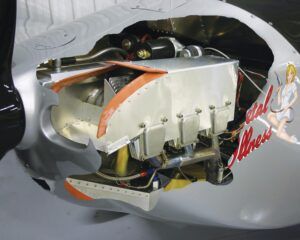
Engine selection can make or break an airframe and should involve more than filtering horsepower, TBO and cooling method. Looking again at the BD-5, the bankruptcy of Hirth Engines and the lack of a suitable replacement was a major contributor to the airframe’s stunning incompletion rate. More recently, in July 2021, Rotax announced it was ceasing production of the 582 UL, a staple of the light-aircraft world. Rotax extended hope to existing 582 UL owners with this carefully worded inclusion in their press release: “[Rotax]…aims to provide Rotax genuine spare parts availability up to 10 years after stop of production.” But those who were building an airplane with an eye on using the 582 UL had a tough decision to make: Forge ahead with an engine that was being discontinued and had a fuzzy future or consider other options, like adapting their airframe (possibly with the designer’s input) to utilize a different powerplant. There is no way to predict an engine’s future but you can hedge your homebuilding bet by exercising caution if only one engine option is offered to power an airframe. For the ultimate sleep-well-at-night experience, choose an airframe that supports a variety of powerplants, preferably from a variety of engine manufacturers.
Engine Maintenance and TBO
I understand the appeal of modern engines, which require less routine maintenance (adjusting valves, torquing heads, changing spark plugs, etc.), but they can come with a cost beyond their initial price tag. Old-technology engines are straightforward to work on and understood by most A&Ps. Modern engines, with their advanced technology, may require dealer-level service and pricey replacement components. The cost for reduced ongoing maintenance may be a hefty service bill further down the line. (I was happy to adjust the valves and torque the heads of the Gen 1 Jabiru 3300 in Metal Illness. It kept me in touch with the lump that kept me aloft and it didn’t cost a dime.) Finally, in my opinion, too much importance is assigned to an engine’s TBO in our E/A-B world. TBO is neither a guaranteed service life nor is it a death sentence. With poor maintenance or operation an engine with an 1800-hour TBO can toss a rod at 70 hours. One that is well maintained may provide reliable service well past its overhaul limit. TBO is a hollow number—and always an even one. (Ever see a published TBO of 1349 hours? Curious, huh?)
In summary, specifications will only move your decision so far because homebuilding should be about passion—passion constrained by budget, of course. Passion can’t be measured, charted or conveyed in paragraphs of text. It can, however, be tempered by reality so it doesn’t turn to pain. Keep shoppin’. The right one is out there. Though probably not a 1/3-scale B-52. Damn it.










